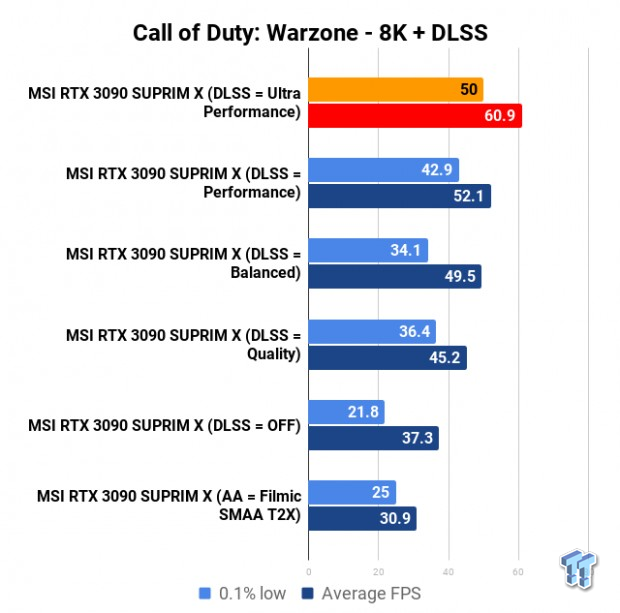Flappy Pannus
Veteran
UPDATE: Miscommunication apparently, they were talking about FidelityFX (so the sharpening filter), not super resolution:https://www.metrothegame.com/news/the-metro-exodus-pc-enhanced-edition-arrives-may-6th
Interesting response in the Metro Exodus FAQ for their new RT version:
Who knows if they've seen the final version, but at least from this they give the impression this is perhaps not something that will ultimately take on DLSS from a quality perspective.
https://videocardz.com/newz/metro-exodus-will-not-support-amd-fidelityfx-super-resolution-fsr
4A Games has not evaluated the AMD FidelityFX Super Resolution feature for Metro Exodus at this time. In our FAQ, we were referring to the AMD FidelityFX open source image quality toolkit which targets traditional rendering techniques that our new RT only render does not use, and noting that we have our own Temporal Reconstruction tech implemented natively which provides great quality benefits for all hardware, so do not currently plan to utilize any other toolkits.
4A Games is always motivated to innovate, evaluate, and use the newest technologies that will benefit our fans across all platforms and hardware.

